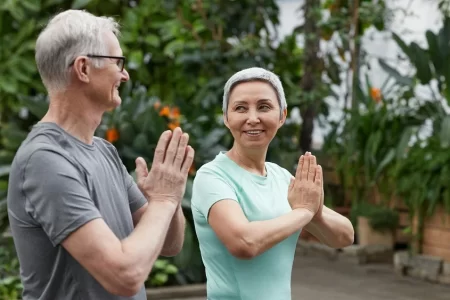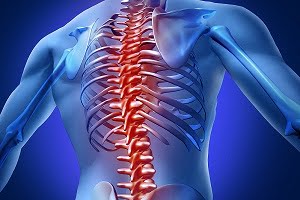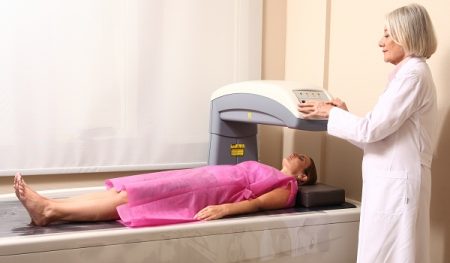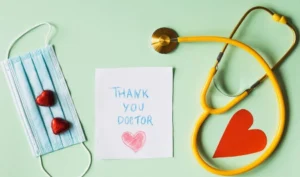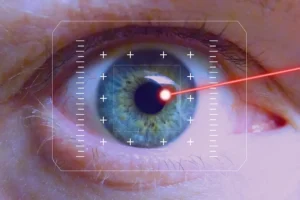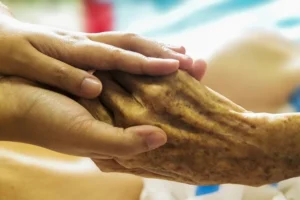Osteoporosis: What Is It and How Does It Impact Seniors?
- Updated on: Aug 3, 2024
- 4 min Read
- Published on Nov 15, 2022

Your bones go through a lifelong process of remodeling. Here, your bones continuously maintain a balance between bone resorption, a process that regulates the breakdown of old bones, and bone formation. By doing so, mature bone tissues are replaced with new ones, and your body preserves its skeletal foundation.
However, such balance in bone resorption and formation changes as you age since your body will struggle with bone formation. Since you’re not as active or young as you once were, your bones could have a hard time with bone formation, so they’re more fragile. With this, it’s essential to learn about your bone’s renewal process and maintain an excellent lifestyle to keep it healthy even as you age:
What Is It?
When your aging bones lose minerals like calcium faster than how your body replaces them, you’re at risk for a disease that weakens bones. This condition is also called a silent disease since it generally has no symptoms until bones fracture or break.
Moreover, this could be due to lifestyle or hormone changes. Hormonal changes for men over 60 and women over 50 mean that the rate of bone breakdown becomes much faster than bone formation, making bones thinner and weaker. The risk dramatically increases once menopause kicks in for women as there is a significant decrease in estrogen levels.
For Americans over 50, this condition is found in one in every four men and one in every two women. As such, the treatment is widely varied to accommodate and treat differences in bone density. Osteoporosis medication ranges from Sclerostin inhibitors injected by a doctor each month to SERMs taken as daily tablets.
In addition, these medications work differently, with some reducing the rate of bone breakdown and some speeding up bone formation. Due to this, you should always ask your doctor for a bone density test and get the proper medication.
What Are Its Effects?
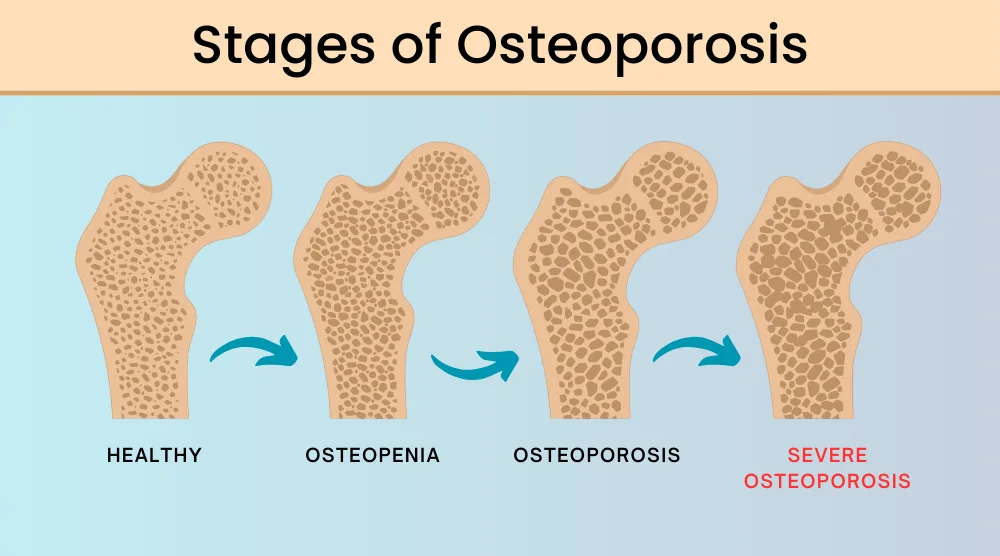
Hip fractures from fragile bones are a common problem in the elderly. These become significant health hazards due to an increased risk of injury from instability and loss of balance. Compared to the general population, mortality for the elderly with hip fractures are high, ranging from 15% to 36%. However, such treatment significantly improves with early surgery and rehabilitative exercise.
Reduced bone density also leads to poor posture. Your height decreases since your trunk and spine shorten. Additionally, your joints have stiffness and deformity, making movement limited and slow. You may experience reduced mobility since your bones are at risk for fracture.
How Do You Prevent It?
Prevention is always better than cure; there are multiple ways to prevent bone weakening at any age. You could always eat foods rich in vitamin D, such as tuna, sardines, and salmon. You could also try consuming calcium-rich food like broccoli, okra, mustard, and turnip greens. You could even try fortified foods that have both, like soy milk, bread, and cereals.
Another way to prevent weakened bones is by weight-bearing and resistance exercises. You could try walking, hiking, jogging, and dancing for weight-bearing, push-ups, and squats for resistance routines.
Preventing fractures by preventing falls is also essential as you age. Although healthy bones won’t prevent a fall, healthy bones do prevent a severe injury when you do. Your exercise routines will help you maintain muscle mass, strength, and balance here.
Another way to maintain bone health is to keep your body healthy by quitting smoking or limiting alcohol intake. These can cause bone loss since they hinder the body’s capacity to absorb calcium, making it harder for bone formation. So it’s better to avoid such to produce more bone-forming cells and promote bone renewal.
What Are the Risk Factors?
Risk factors are variables that increase your chance of developing a disease. For bone loss and bone fractures, these risk factors could be gender, hormones, family history, lifestyle, etc.
The prevalence of bone loss and fracture risks differ between genders since women are more prone to it than men. This is due to the differences in body size, bone size, and bone strength between women and men. Likewise, menopause in women significantly speeds up the process of bone loss. Moreover, a woman’s postmenopausal stage heightens the rate of fractures even more.
Menopause also causes hormonal changes. For women with low estrogen and amenorrhea, an abnormal absence of menstrual periods could increase the risk of bone loss. Low testosterone levels could pose a higher risk of developing bone fractures for men since this hormone helps maintain healthy bones.
Family history is another factor via heredity. The risks of developing the same disease are high for people whose parents have a long history of bone loss and bone fractures. Lastly, your lifestyle could also dictate whether or not you’re at risk. Such lifestyle pertains to being physically active, consuming calcium and vitamin D foods, or lessening alcohol intake.
Final Thoughts
Promoting bone development and maintaining a balance between bone resorption and bone formation is essential. Likewise, maintaining a lifestyle that facilitates such is incredibly beneficial since it prevents bone loss and fractures. Moreover, you could start a lifestyle today by eating healthy, exercising regularly, and checking in with your doctor for a bone density test.





